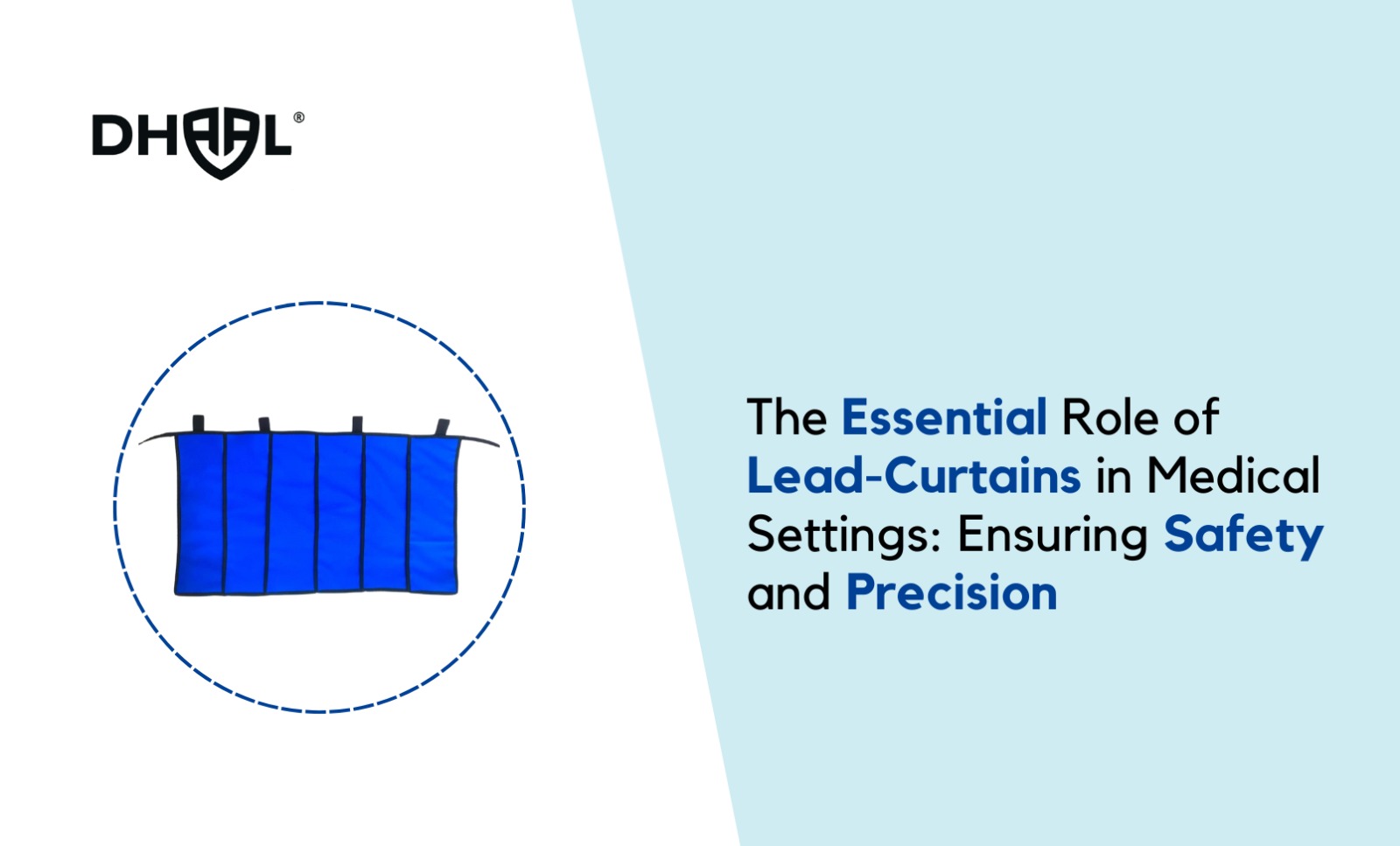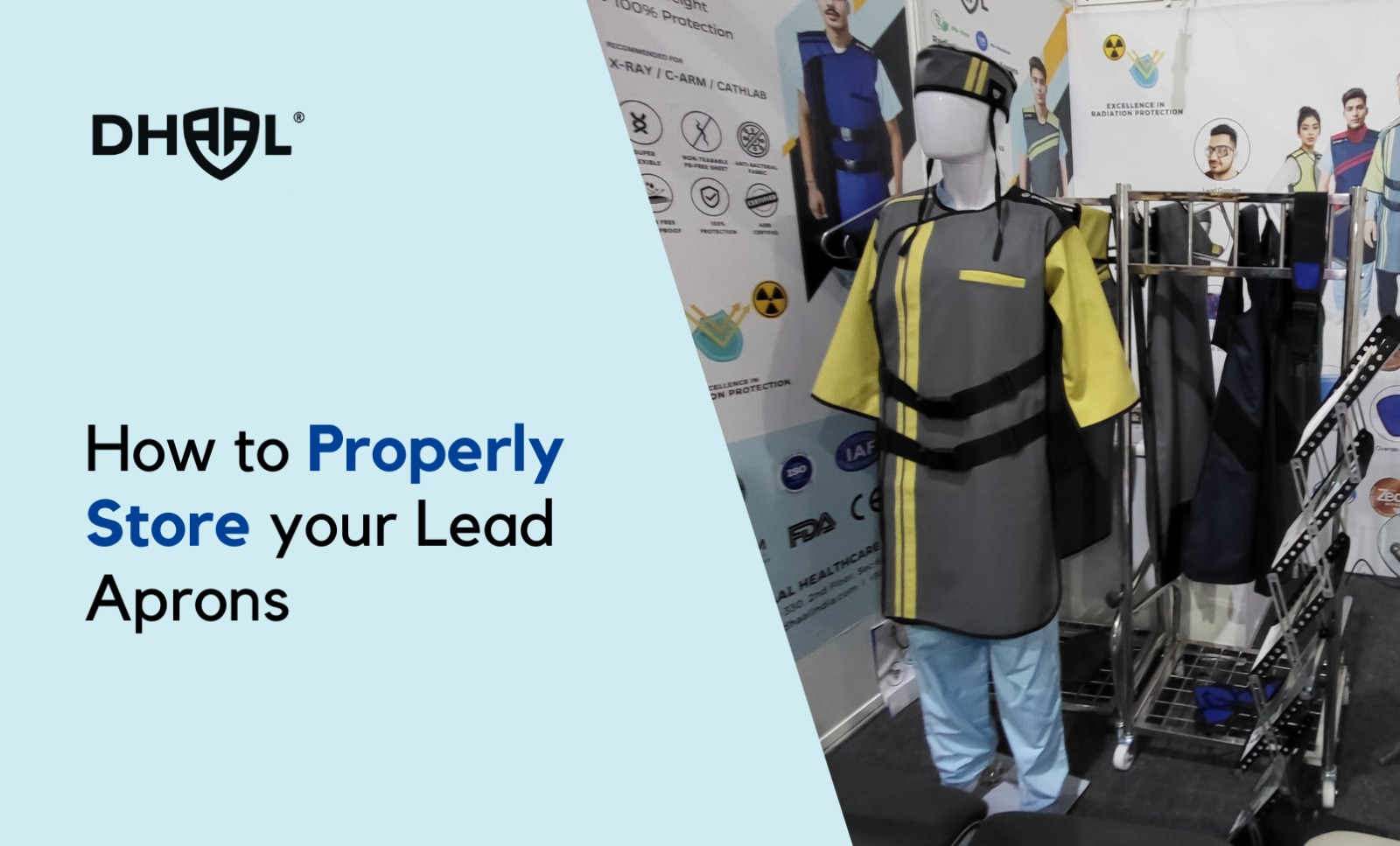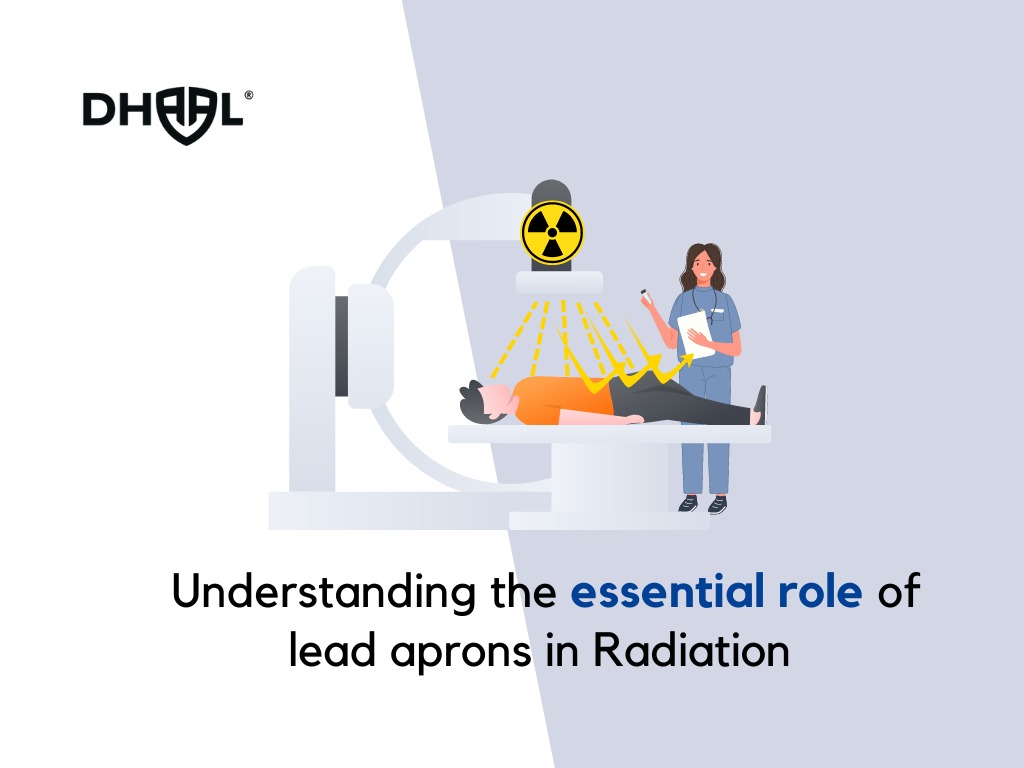
In the medical field, especially in environments that involve radiation, safety is always a top priority. Whether it’s in hospitals, clinics, or specialized radiology centers, the presence of X-ray machines and other diagnostic equipment means that healthcare professionals, patients, and visitors are all exposed to a certain degree of radiation. To minimize this exposure and ensure safety, the use of lead-lined X-ray curtains has become a critical component of modern healthcare settings.
What Are Lead-Lined X-Ray Curtains?
Lead-lined X-ray curtains are specially designed curtains that contain lead, a material known for its ability to block or attenuate radiation. These curtains are commonly used in areas where radiation is being emitted, such as X-ray rooms, CT scan rooms, or during fluoroscopic procedures. Their purpose is to protect healthcare professionals, patients, and other individuals in adjacent areas from the harmful effects of radiation.
Made from high-quality, durable fabrics that are coated with lead, these curtains can be hung in various areas to create temporary or permanent radiation barriers. The lead lining in the curtains is typically of a specific thickness to meet radiation safety standards, ensuring that the curtains effectively reduce radiation exposure to acceptable levels.
Why Lead-Lined Curtains Are Vital in Medical Environments
- Radiation Protection
The primary function of lead-lined X-ray curtains is to shield individuals from ionizing radiation. During X-ray imaging or radiation therapy, substantial amounts of radiation are emitted. While the direct exposure is usually concentrated on the patient, healthcare workers, and others in the vicinity are at risk of incidental exposure over time. Lead, due to its high atomic number, is highly effective at absorbing and scattering radiation, providing a robust shield against harmful doses.
- Flexibility in Protection
One of the advantages of using lead-lined curtains is their versatility. Unlike fixed walls or lead aprons, these curtains can be installed in various areas of a medical facility. They can be moved to different positions as needed, offering a flexible solution to contain radiation in specific areas, like between an X-ray machine and observation spaces. Whether used for protecting staff during procedures or creating temporary barriers in emergency situations, the lead-lined curtains provide a movable and customizable radiation shield.
- Compliance with Safety Standards
Healthcare facilities are required to comply with strict safety regulations related to radiation protection. In many countries, guidelines established by organizations such as the American National Standards Institute (ANSI) and the National Council on Radiation Protection and Measurements (NCRP) dictate the level of radiation protection required in medical settings. Lead-lined curtains help facilities meet these regulations, reducing the risk of radiation exposure to staff, patients, and visitors.
- Enhancing Patient and Staff Comfort
Medical environments can be stressful, particularly during diagnostic procedures that involve radiation. Lead-lined curtains help create a safe environment while also improving comfort. For example, they can provide privacy for patients or separate the operating space from waiting or recovery areas. This ensures that patients are not only protected from radiation but also have a sense of security and privacy.
Key Features to Look for in Lead-Lined X-Ray Curtains
- Lead Thickness and Shielding Efficiency
The lead lining’s thickness directly impacts the curtain’s ability to block radiation. Ensure that the curtains are manufactured with the appropriate level of lead for the type of radiation exposure expected in your facility. The curtains should meet established safety standards and have a proven level of shielding effectiveness.
- Durable and Easy to Clean
Lead-lined curtains should be made from durable materials that can withstand the wear and tear of daily use in a medical environment. Additionally, the outer fabric should be easy to clean, as medical settings require high levels of hygiene and infection control. Many lead-lined curtains are treated to be resistant to stains, moisture, and abrasion.
- Lightweight and Easy to Handle
Despite containing lead, modern X-ray curtains are designed to be lightweight and easy to handle. This makes them easier to install, adjust, and move as needed. Staff should be able to reposition the curtains effortlessly without straining, allowing for more flexible and practical use.
- Customization
X-ray curtains can be customized to fit specific room dimensions, making them suitable for a variety of medical settings. Whether you need to cover an entire wall, create a temporary partition, or separate areas in a busy radiology department, customized curtains provide a tailored solution that maximizes safety and efficiency.
Conclusion
Lead-lined X-ray curtains play a crucial role in maintaining radiation safety in medical environments. Their ability to shield individuals from harmful radiation while offering flexibility, durability, and ease of use makes them an essential component of any radiology department or medical facility that uses X-ray technology. By investing in high-quality lead-lined curtains, healthcare providers can ensure that they meet safety standards while also enhancing patient and staff comfort.
As technology continues to advance and the use of medical imaging expands, lead-lined curtains will remain a vital tool in providing effective radiation protection. Prioritizing safety today helps build a healthier, safer future for both medical professionals and the patients they care for.



